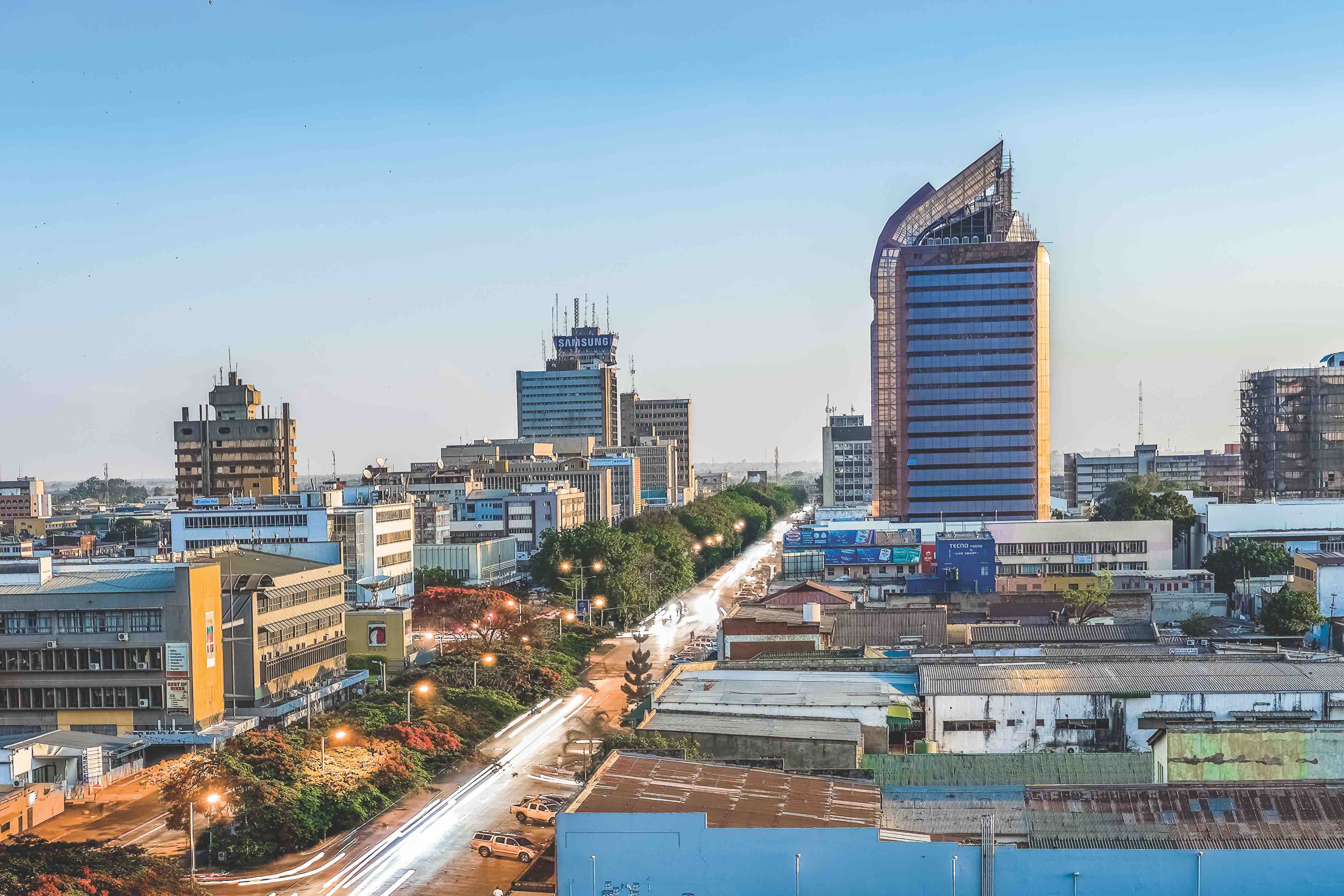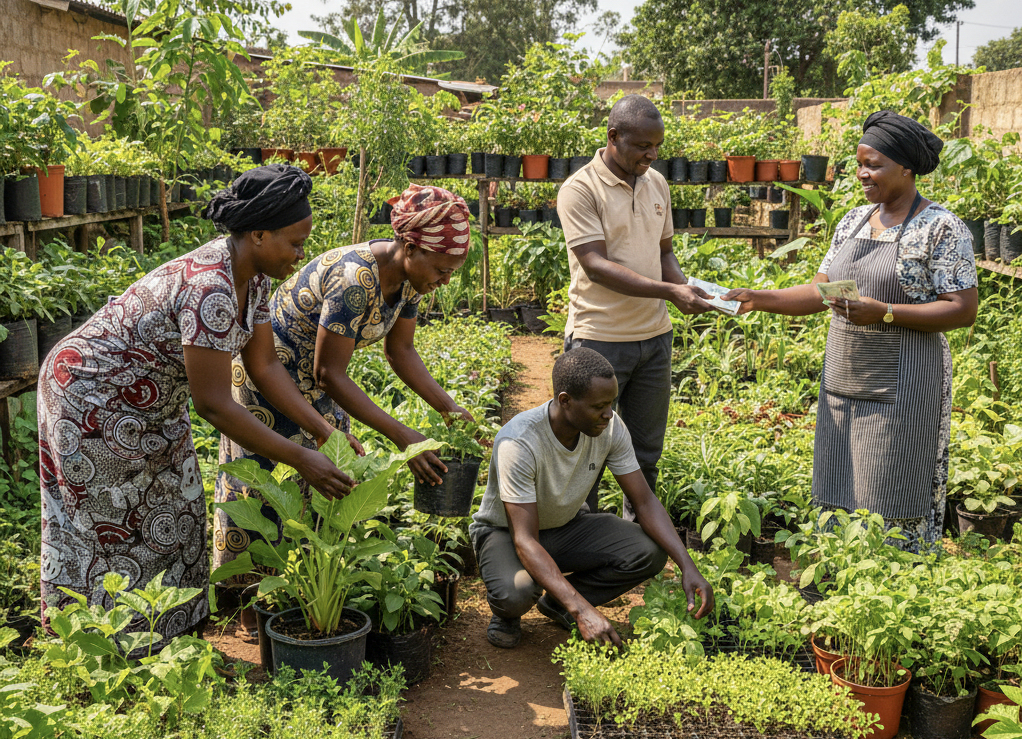ZAMBIA’S ASCENT ON THE ECONOMIC LADDER
The Zambian economy is on the rise again after recent difficult and turbulent times on the backdrop of falling commodity prices, shining a ray of hope for the country.
It is heartening to note that Zambia’s economic credentials are robust due to abundant natural resources, political stability and an attractive foreign investment climate.
Lately, there has been emphasis on economic diversification, premised on agriculture, manufacturing, construction and tourism. Thus, the Strategy on Industrialisation and Job Creation is in place to promote growth, contribute to employment and assist in the expansion of the country’s economic base.
Government launched an Economic Recovery Programme (Zambia Plus) in October 2016. Anchored on five central pillars – fiscal sustainability, increasing social protection, cutting waste, improving budget credibility and promoting economic stability by reducing constraints to private sector development – this home-grown initiative should be tailored to cultivate investor confidence and stabilise it.

A potential aid programme is under discussion with the International Monetary Fund (IMF), following concerns raised on the country’s budget deficit. The IMF has supported Zambia’s fiscal consolidation programme over the years, and believes that a well-structured and all-encompassing package would unveil the synergy to global markets.
The Seventh National Development Plan, 2017 – 2021 (7NDP) under the theme: ‘Accelerating development efforts towards the Vision 2030 without leaving anyone behind’ has been launched.
The goal of the Plan is to create a diversified and resilient economy for sustained growth and socio-economic transformation driven, inter alia, by agriculture, tourism, manufacturing and mining.
2018 PERFORMANCE
The country is currently undergoing a massive renaissance in all sectors of the economy, with roads and real estate being on the top rungs of the ladder. Indeed, someone who last came to Lusaka in the 1980s or 90s would get lost in the myriad of developments that have sprouted in the city. Other cities have also seen significant developments and transformed over the years.
Economic growth for 2018 was projected at between 4 to 4.5 percent, an increase from 3.4 percent in 2017. This was on the backdrop of improved performance in mining, construction, manufacturing and wholesale and retail trade backed by a stable and reliable energy supply, all integral ingredients for growth. Agriculture remained subdued due to prolonged dry spells as the sector is largely rain-fed.
Inflation has remained relatively stable within the target range of six to eight percent while lending rates declined to an average of 23.5 percent from an average of 26.7 percent the previous year. However, these rates are still too high for the private sector to thrive.
Earnings increased by 20.7 percent to $4.6 billion during the first half of the year from $3.8 billion over the same period in 2017. Copper exports accounted for the bulk of this at $3.5 billion from $2.9 billion in the wake of an increase in price and export volumes. Non-traditional exports (NTEs) stood at $911 million, a 17.7 percent increase from $774.1 million.
OUTLOOK FOR 2019
As observed by the Economics Association of Zambia, “Economic prospects are expected to improve due to higher copper prices, stable exchange rates, lower inflation and market confidence.” Zambia’s GDP has remained relatively stable over the last three years. The economy is expected to grow between 4 percent and 5 percent over the next five years, according to the 2019 – 2021 Medium Term Expenditure Framework.
There is hope for climate-smart agriculture with the development of irrigation infrastructure at Mwomboshi (Chisamba), Musakashi (Mufulira) and Lusitu (Chirundu), bringing an additional 3,000 hectares under irrigation, mainly for small-scale farmers. Additionally, the establishment of the $100 million tractor assembly plant in the Lusaka South Multi-Facility Economic Zone (LS-MFEZ) will help farmers access cheaper equipment for production.
The Industrial Development Corporation (IDC)-led investment in pineapple production (North-Western Province); fruit processing (Eastern Province); cashew nut processing (Western Province); and an oil-palm trees out-grower scheme (Luapula and Muchinga provinces) will spur employment and value addition, thus contributing positively to the diversification agenda.
Tourism is set for an upsurge if the government implements a strategy that targets citizens and residents (domestic tourism); and introduces promotional activities such as lower rates.
Electricity generation is poised for growth with various projects being undertaken and the diversification of the energy mix. In the petroleum sub-sector, the disengagement of the government from the procurement of crude oil (announced in the 2018 Budget) should result in additional benefits to the sector and the broader economy through lower fuel costs.
The transport sector is geared for revival with the continuation of the Link Zambia 8000, building of township roads, and the Rural Connectivity Project, among other things, changing Zambia from landlocked to land-linked status. The aviation sub-sector will soar to progress with the finalisation of the expansion and modernisation of the Kenneth Kaunda International Airport (KKIA) and Harry Mwaanga Nkumbula Airport, transforming the country into an air transport hub. Zambia recorded an increase in tourist arrivals with 1.2 million arrivals in 2017 (2016: 1 million), with numbers expected to soar once the current airport modernisation and construction programmes are completed.
It is encouraging that the government has remained committed to the Smart Zambia initiative to accelerate social and economic development through ICT. The increased network coverage from the erection of 300 additional towers will not only promote the use of electronic platforms by the larger population, but also enhance efficiency in private sector and government transactions and facilitate financial inclusion.
Another notable issue is that government should stimulate the private sector which is key in creating jobs to ensure that the fiscal policies in the 2019 budget facilitate growth.
“Providing relief to the domestic private sector will stimulate growth and ultimately, increase the much-needed revenue through taxes and also job creation to alleviate poverty,’’ observed the Civil Society for Poverty Reduction (CSPR).
More economic benefits must transfer to the grassroots. The country will benefit from steadfast implementation of results-oriented decisions and reforms to ensure sustainable, inclusive growth and prosperity for all.








